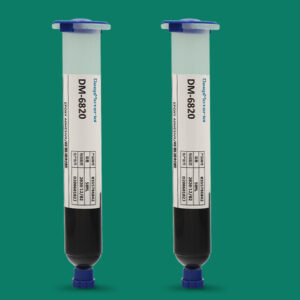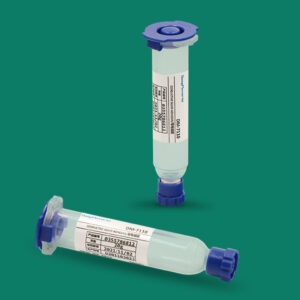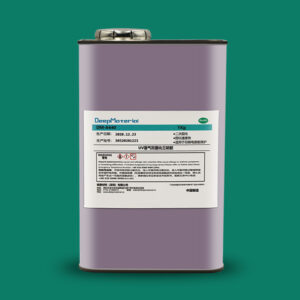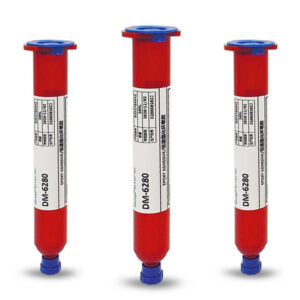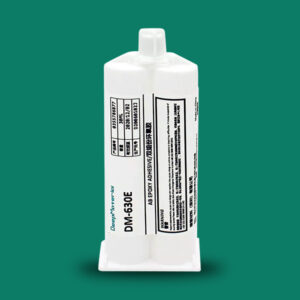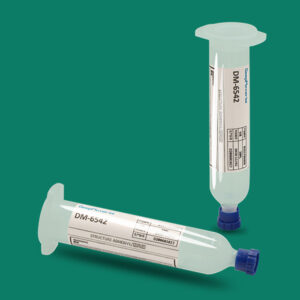Fire Protection Concept for Lithium-Ion Battery Systems: Ensuring Safety and Mitigating Risks
Fire Protection Concept for Lithium-Ion Battery Systems: Ensuring Safety and Mitigating Risks
Lithium-ion (Li-ion) batteries have become indispensable in various applications, from portable electronics to electric vehicles (EVs) and energy storage systems. Their ability to store significant amounts of energy in a compact, efficient design makes them the preferred choice in many industries. However, despite their advantages, Li-ion batteries pose serious fire risks, especially when overheating, overcharging, or physical damage.
Fires caused by Li-ion batteries are challenging to suppress and dangerous due to the volatile nature of the chemicals involved. As demand for Li-ion batteries increases, so does the importance of developing and implementing practical fire protection concepts to minimize risks and enhance safety. This blog post will explore the fundamental components of a fire protection concept for lithium-ion battery systems, focusing on prevention, detection, suppression, and mitigation strategies to safeguard against battery-related fires.
Understanding the Risks of Lithium-Ion Battery Fires
Li-ion battery fires are particularly hazardous due to their high energy density and chemical composition. Various factors, including thermal runaway, mechanical damage, or manufacturing defects, can trigger the reactions that lead to fires.
Key Causes of Li-Ion Battery Fires
- Thermal Runaway:This is the most common cause of battery fires. When a Li-ion battery cell reaches a critical temperature due to overcharging, internal short circuits, or damage, it can initiate a chain reaction that causes the battery to catch fire or explode.
- Overcharging:Charging a battery beyond capacity can generate excessive heat, triggering thermal runaway.
- Mechanical Damage:Physical damage, such as punctures or crushing, can breach the battery’s internal structure, leading to short circuits and fire risks.
- Manufacturing Defects:Poor quality control during manufacturing can lead to defects like faulty insulation or improper cell assembly, increasing the likelihood of battery failure and fire.
- External Heat Exposure:Batteries exposed to excessive external heat, such as in a car fire or overheating due to environmental conditions, can ignite.
Consequences of Lithium-Ion Battery Fires
- High-Temperature Fires:Li-ion battery fires can reach extreme temperatures, often exceeding 1,000°C (1,832°F), making them difficult to control and extinguish.
- Toxic Gases and Smoke:The combustion of Li-ion batteries releases poisonous gases like hydrogen fluoride (HF), which pose serious health risks.
- Explosion Risks:A battery can sometimes explode due to pressure build-up inside the cells, causing widespread damage and danger to those nearby.

Fire Protection Measures for Lithium-Ion Battery Systems
Adequate fire protection for lithium-ion battery systems requires a multi-layered approach, combining preventive measures, early detection, fire suppression, and safe containment. Each component is essential to mitigating the risks associated with battery fires and minimizing potential damage.
Prevention: Reducing the Likelihood of Battery Fires
Preventing battery fires is the first step in any fire protection concept. Achieving this goal requires careful design, operational controls, and monitoring systems.
- Battery Design and Manufacturing Quality:Ensure batteries are manufactured according to strict safety standards. Proper cell design, quality materials, and comprehensive testing can help prevent internal failures and defects.
- Battery Management System (BMS):A BMS monitors and controls key parameters such as voltage, temperature, and charge/discharge cycles. It ensures that batteries operate within safe limits, preventing overcharging and overheating.
- Thermal Management Systems:Li-ion batteries generate heat during charging and discharging cycles. A thermal management system, such as active or passive cooling, helps maintain optimal temperatures and reduces the risk of thermal runaway.
- Safe Storage and Handling:Proper storage conditions are crucial to prevent battery failure, including avoiding exposure to extreme temperatures and physical impacts. Fire-resistant enclosures or cabinets can safely contain batteries in industrial-scale installations.
- Quality Control and Testing:Rigorous testing during the manufacturing process, including electrical, thermal, and mechanical stress tests, ensures that defective batteries are identified before they reach the consumer market.
Detection: Early Warning Systems
Early detection of a potential fire hazard is crucial for preventing escalation. Monitoring battery conditions allows for identifying anomalies before they lead to a full-blown fire.
- Temperature Monitoring:Integrated sensors can continuously monitor the temperature of individual cells or the entire battery pack. Abnormal temperature rises can indicate potential thermal runaway, triggering an early warning.
- Voltage and Current Monitoring:Deviations in voltage or current can indicate a malfunction, such as an overcharge, short circuit, or internal failure, which could lead to a fire.
- Gas Detection Systems:Batteries may release flammable gases before catching fire. Gas detectors can be installed to monitor gases like hydrogen fluoride (HF) or other hazardous chemicals.
- Smoke Detection:Smoke detectors installed in battery storage areas or enclosures can provide an early warning of a fire, allowing for a quick response before the fire spreads.
Suppression: Firefighting Systems for Li-Ion Battery Fires
Once a fire has started, it must be quickly contained and suppressed to minimize damage and ensure the safety of people and assets. However, lithium-ion battery fires require specialized suppression systems due to their unique properties.
- Clean Agent Fire Suppression Systems:Clean Agent Fire Suppression Systems, such as FM-200, NOVEC 1230, or CO2, reduce the oxygen levels in the surrounding environment, thereby suppressing combustion. Clean agents are particularly effective for protecting electronic equipment and infrastructure without causing damage.
- Class D Fire Extinguishers:Class D extinguishers containing dry powder agents designed for metal fires can be used for small-scale Li-ion battery fires. These powders smother the fire and prevent further reactions.
- Water Mist Systems:Water mist effectively reduces the temperature around a fire, cools the battery, and prevents it from spreading. However, water-based suppression must be used cautiously, as it can cause short circuits in electrical systems. It is generally suitable for battery enclosures rather than directly on the batteries themselves.
- Sprinkler Systems:While not typically recommended for Li-ion battery fires due to the risk of electrical hazards, sprinkler systems may be used in specific environments, such as battery storage rooms or buildings, to suppress fires that might spread to surrounding areas.
Containment: Preventing Fire Spread
Containment is essential for fire protection for lithium-ion battery systems, especially in large-scale installations like energy storage systems. Preventing the spread of a fire from one battery cell or module to another can significantly reduce the damage caused.
- Fire-Resistant Enclosures:Battery enclosures made from fire-resistant materials can prevent the spread of fire to other parts of the system, providing additional protection.
- Compartmentalization:Dividing large battery systems into smaller, isolated sections can help limit fire spread. If one section catches fire, the other remains unaffected, allowing for controlled firefighting efforts.
- Automated Isolation Mechanisms:Some systems use automated isolation techniques to disconnect damaged battery packs or cells from the rest of the system. Implementing these measures helps prevent the spread of thermal runaway and minimizes the overall risk.
Best Practices for Fire Protection in Lithium-Ion Battery Systems
In addition to the technical solutions mentioned above, there are several best practices that organizations should follow to enhance fire protection in lithium-ion battery systems:
- Training and Awareness:Regularly train staff members on handling lithium-ion battery fires and ensure they are familiar with the specific fire protection systems.
- Regular Inspections and Maintenance:Perform regular checks on battery systems, fire protection systems, and safety equipment to ensure everything functions correctly.
- Safe Charging Practices:Ensure that all batteries are charged using certified chargers and that charging processes are monitored to avoid overcharging.
- Compliance with Safety Standards:Adhere to local and international safety standards, such as UL 2054, IEC 62133, and NFPA 855, which provide guidelines for the safe installation and operation of lithium-ion battery systems.
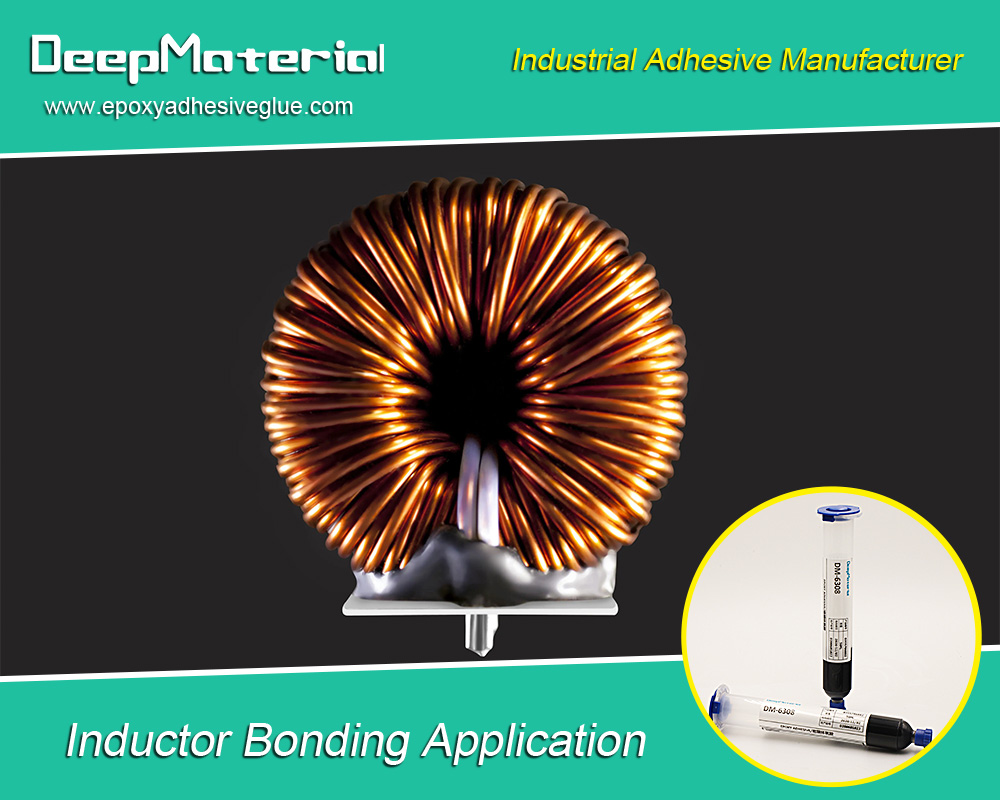
Conclusion
Fire protection for lithium-ion battery systems is critical to ensuring the safe operation of these powerful energy storage devices. Developing a comprehensive fire protection concept is essential with the increasing reliance on lithium-ion batteries in various industries. Focusing on prevention, early detection, suppression, and containment can mitigate the risks associated with lithium-ion battery fires and safeguard people, property, and the environment.
For more about choosing the best fire protection concept for lithium-ion battery systems: ensuring safety and mitigating risks, you can pay a visit to DeepMaterial at https://www.epoxyadhesiveglue.com/category/epoxy-adhesives-glue/ for more info.




